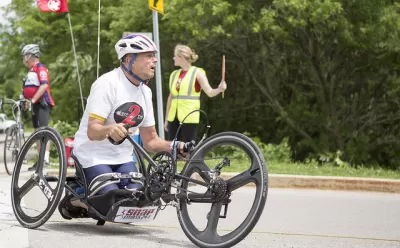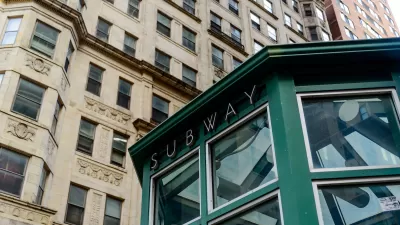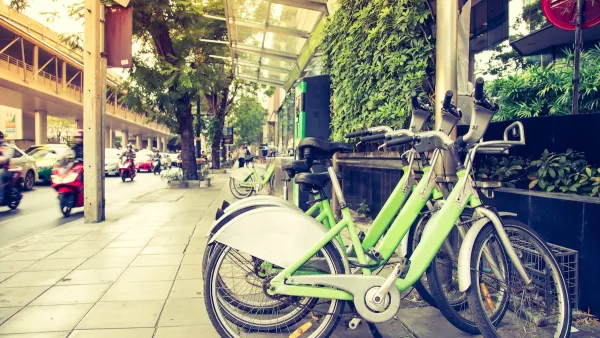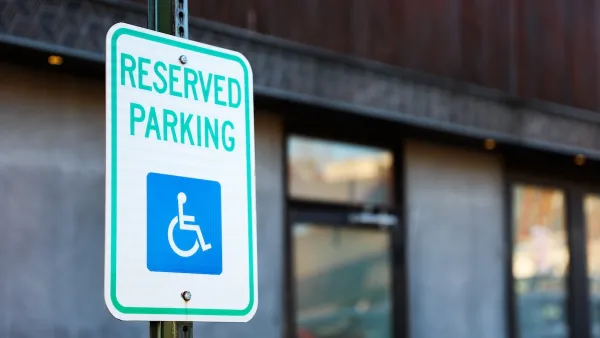City bikeshare programs are failing to provide equal access for disabled residents, the Times reports.

In the New York Times, Mihir Zaveri explores how cities are handling the dearth of options for disabled riders in bikeshare programs across the United States.
Many cities with public-private bikeshare programs, including New York and Chicago, don't offer accessible options like adaptive bikes. But they may have to start. The U.S. Justice Department has said that "to the extent a bike-share program is a program, service or activity of a city or other public entity," it is required to comply with the Americans with Disabilities Act, Zaveri reports. That approach echoes other federal decisions on public infrastructure; for example, Portland and New York have been forced to upgrade sidewalks and MTA stations, respectively, to provide equal access for residents with disabilities.
Disability rights advocates say companies can get ahead by prioritizing disabled access from the beginning of new programs, and Zehiri offers examples of what an accessible service might look like. One station in Portland, for example, offers help to riders who need to be lifted into bikes; in China, an electric bike model allows commuters to transport their wheelchairs.
FULL STORY: Bike-Share Options Are Rarely Available for People With Disabilities

Planetizen Federal Action Tracker
A weekly monitor of how Trump’s orders and actions are impacting planners and planning in America.

Chicago’s Ghost Rails
Just beneath the surface of the modern city lie the remnants of its expansive early 20th-century streetcar system.

San Antonio and Austin are Fusing Into one Massive Megaregion
The region spanning the two central Texas cities is growing fast, posing challenges for local infrastructure and water supplies.

Since Zion's Shuttles Went Electric “The Smog is Gone”
Visitors to Zion National Park can enjoy the canyon via the nation’s first fully electric park shuttle system.

Trump Distributing DOT Safety Funds at 1/10 Rate of Biden
Funds for Safe Streets and other transportation safety and equity programs are being held up by administrative reviews and conflicts with the Trump administration’s priorities.

German Cities Subsidize Taxis for Women Amid Wave of Violence
Free or low-cost taxi rides can help women navigate cities more safely, but critics say the programs don't address the root causes of violence against women.
Urban Design for Planners 1: Software Tools
This six-course series explores essential urban design concepts using open source software and equips planners with the tools they need to participate fully in the urban design process.
Planning for Universal Design
Learn the tools for implementing Universal Design in planning regulations.
planning NEXT
Appalachian Highlands Housing Partners
Mpact (founded as Rail~Volution)
City of Camden Redevelopment Agency
City of Astoria
City of Portland
City of Laramie





























